3D printing of flexible materials can be as challenging as it is exciting. However, choosing the right flexible material for your application and printing setup can be even less simple! Flexible materials come in a number of varieties. From soft materials that can be easily deformed before returning to their original shape, to solid materials that flex only slightly under load. The ease with which a material can be deformed depends on the stiffness of the material and is often indicated by the hardness value.

What makes a material flexible?
As you may already know, thermoplastic materials become softer as temperature increases because at higher temperatures polymer molecules can move more freely. In fact, at particular temperatures (or above a temperature range) thermoplastics will become significantly softer and begin to behave more like a soft rubbery material instead of a hard, rigid plastic. This point is known as the glass-to-rubber transition temperature, and its value depends on the type of material. Some materials such as PLA have a low glass transition temperature (~60°C) while other materials such as ULTEM1010 have a high glass transition temperature (~210°C)!
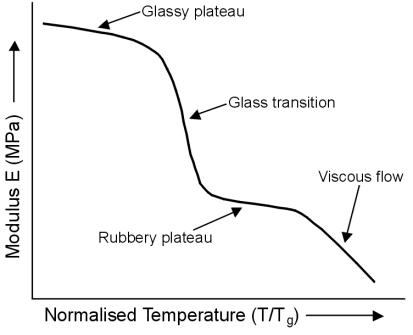
Unlike most other thermoplastics, TPEs are flexible and elastic at room temperature, and unlike natural thermoset rubbers, TPEs can still be reshaped into shape by heating. This is because TPEs are generally copolymers (or a physical blend of polymers) of plastic and rubber components. Therefore, these materials can have the advantages of both classes of materials due to the presence of soft and hard regions in the microstructure of the material.
One of the earliest examples of commercially available TPEs was TPU (thermoplastic polyurethane), which became available in the 1950s. Following these styrene block copolymers (SBS) became available in the 1960s with more TPEs becoming available in the 1970s. Looking at the microstructure of SBS, one can easily see how the structure gives rise to the unique properties of thermoplastic elastomers.

Because SBS has hard ball- or rod-like regions interconnected with soft rubbery regions, the rubbery regions can deform when stress is applied. This causes the chains to reorient and "straighten," returning to their original position when the stress is relieved. The hard plastic domains in fact act as physical cross-links helping the material regain its original shape. However, once heated, the plastic domains will soften and allow the material to reshape.
Flexible materials
Nowadays there are a myriad of types of TPE available for almost any application. However, we will focus on the materials available for FDM printing.
These include:
- TPE : thermoplastic elastomer, this term is mainly used as a generic name for flexible filaments and can be used to describe most of the flexible materials available for FDM
- TPU : thermoplastic polyurethane describes a set of polymers usually found at the rigid end of the spectrum. This makes them useful for parts that require some stiffness and are also easier to print.
- TPA : Thermoplastic polyamides are TPE block copolymers of nylon (polyamide) and polyethers or polyesters. These materials are used in more demanding applications, especially at lower temperatures. An example of this material is PCTPE ("Plasticized Copolyamide TPE"), produced by Taulmann.
- TPC : a thermoplastic copolymer, these filaments are generally derived from biological material and are easier to recycle. These materials can be quite soft and therefore may be more difficult to print. Also, unlike TPUs, these materials are more prone to deformation during printing.
- Soft PLA : PLA can be chemically modified to behave more like a flexible filament. Soft PLA tends to be slightly less rigid than the average TPU.
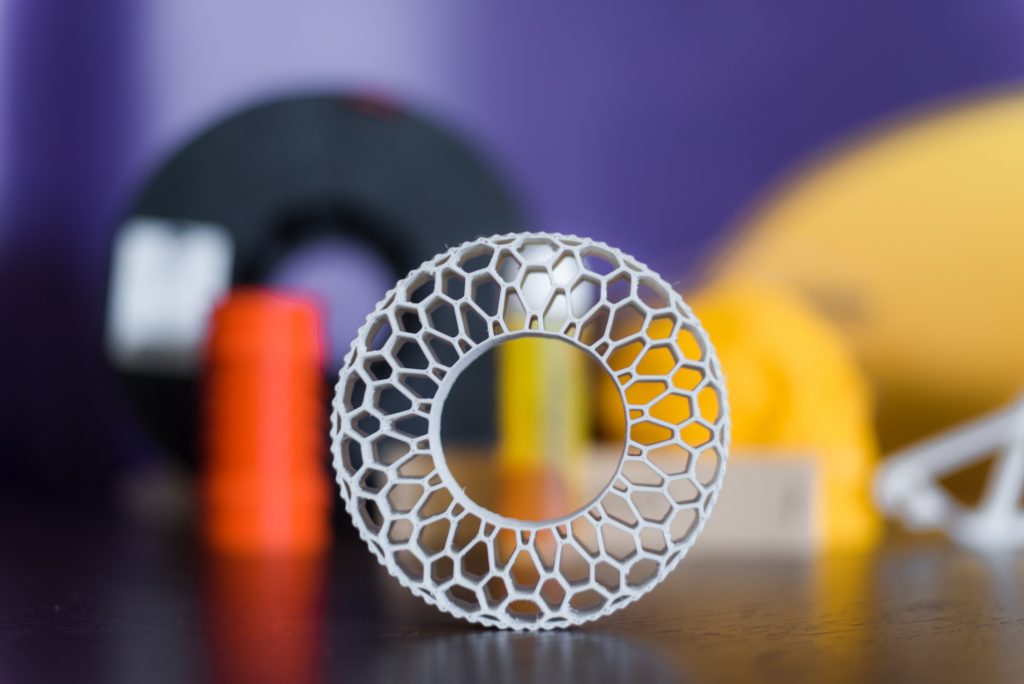
Choosing the right TPE
Choosing the right flexible material for your application will obviously depend on the mechanical requirements. In fact, one of the main reasons TPEs are considered is because of their flexibility and elasticity. This is why TPEs commonly have a clear indication of their Shore hardness, which indicates their softness.
Hard materials tend to require a lot of force to deform while soft materials can be easily deformed with little force. However, in engineering terms, hardness refers to a material's resistance to localized plastic deformation by indentation or abrasion. In the case of elastomers, engineers are usually more concerned with the materials' resistance to deformation.

Shore hardness?
Shore hardness refers to a scale defined by Albert Ferdinand Shore (1920) to measure hardness using a durometer. A durometer is a device that measures the depth of indentation in a material as a result of a specific applied force. There are several shore scales, which are based on different indentation methods. However, the most commonly used scales are type A and D, with the former scale more suitable for softer materials. Conversion between the two scales is possible although not recommended due to the weak correlation between the scales.
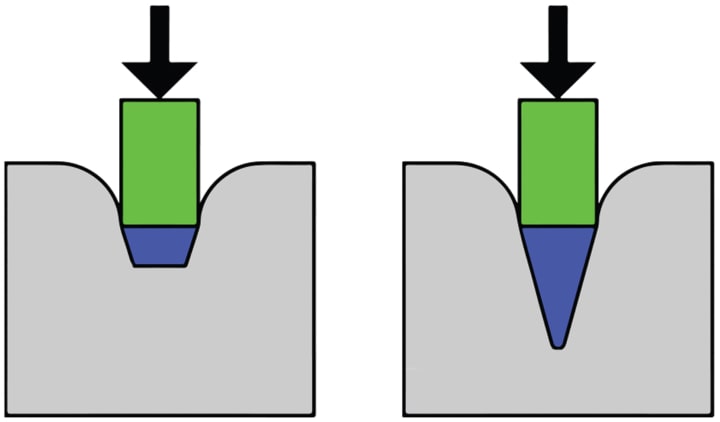 />Shore A (right) and Shore D (left) hardnesstester tips.
/>Shore A (right) and Shore D (left) hardnesstester tips.Typically FDM TPEs have a Shore A hardness between 80 A and 100 A, this corresponds to a Shore D hardness between 40D and 60D (approximately). A lower number indicates a softer material. Typically, FDM materials with a Shore A hardness of about 90A or lower are quite difficult to print with because of the low stiffness of the filament. These materials are ideal for parts that need to be soft and elastic. On the other hand, materials with a Shore harness of 95A and above are easier to print because these materials are stiffer and more suitable in scenarios where toughness and stiffness are required such as for molded tires and bellows.
However, when looking at a flexible material, shore hardness does not necessarily tell the whole story. It is also recommended to consider the stiffness (Young's Modulus) and ductility of the material depending on the application required. The table below provides a summary of the properties of different TPE materials available for 3D printing.
It should also be considered that the geometry and density of the final printed part will have a marked influence on the deformability of a part.
| Material | gender | Stiffness (MPa) | Elongation (%) | Shore hardness | Other properties |
| DSM Arnitel ID2045 | TPC | 29 | 350 | 34D | Good UV and chemical resistance, bio-based |
| DSM Arnitel ID2060 HT | TPC | 240 | 245 | 98A / 61D | High temperature resistance, chemical resistance |
| DuPont Hytrel 3D4100FL | TPC-ET | 130 | 250 | 60D | Chemical and thermal resistance |
| PM filament TPE32 | TPE | - | 650 | 32D | |
| Polymaker PolyFlex TPU95 | TPU | 9.4 | 330 | 95A | |
| NinjaTek NinjaFlex | TPU | 12 | 660 | 85A | Chemical Resistance |
| NinjaTek Armadillo | TPU | 396 | 18 | 75D | Chemical and abrasion resistance |
| Taulman PCTPE | TPA | 6.6 | 500 | > 100A | Can be easily dyed |
| Fillamentum Flexfill TPE 90A | TPE | - | 250 | 90A / 30D | Chemical resistance, certified for food and skin contact applications |
The values presented in this table were obtained from manufacturers' websites and data sheets. Because manufacturers may use different test methods, some values cannot be compared directly and are only to provide an indication of mechanical properties. In addition, the mechanical properties of the molded part will depend greatly on the printing parameters and orientation of the molded part.
Applications of TPEs
- Vibration damping and impact resistance : flexible materials tend to absorb energy on impact quite well. Also, because of their lower stiffness and higher elasticity than other materials, these materials have good vibration damping properties. Consequently, flexible materials are good candidates for use as shock absorbers, tires, housings, and joints
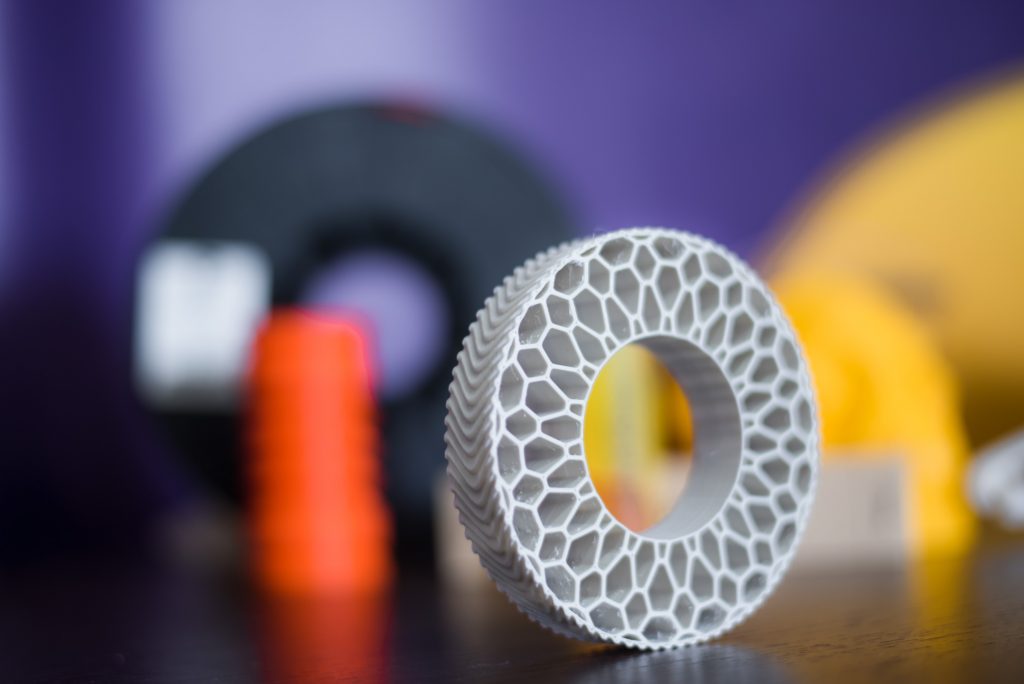
- Grip and ergonomics: some TPEs can be particularly soft and have a matte rubbery finish. This makes them ideal for use in ergonomic parts such as handles and contact points.
- Durability : flexible materials can generally undergo large elastic deformation and tend to exhibit high toughness and adhesion between layers. As a result, these materials are ideal for use in applications involving cyclic loading and high toughness requirements such as bellows and hoses.

- Chemical and thermal resistance : In some cases, TPEs used for bellows and hoses will need to be used in environments where parts are exposed to high temperatures and petroleum-based products such as automobiles. Specialized TPUs such as DSM Arnitel ID 2060HT can withstand such conditions making them ideal for the production of prototypes and functional parts.
- Seals : Due to the ability of TPEs (especially softer ones) to deform easily, these materials are ideal for use as seals and gaskets.
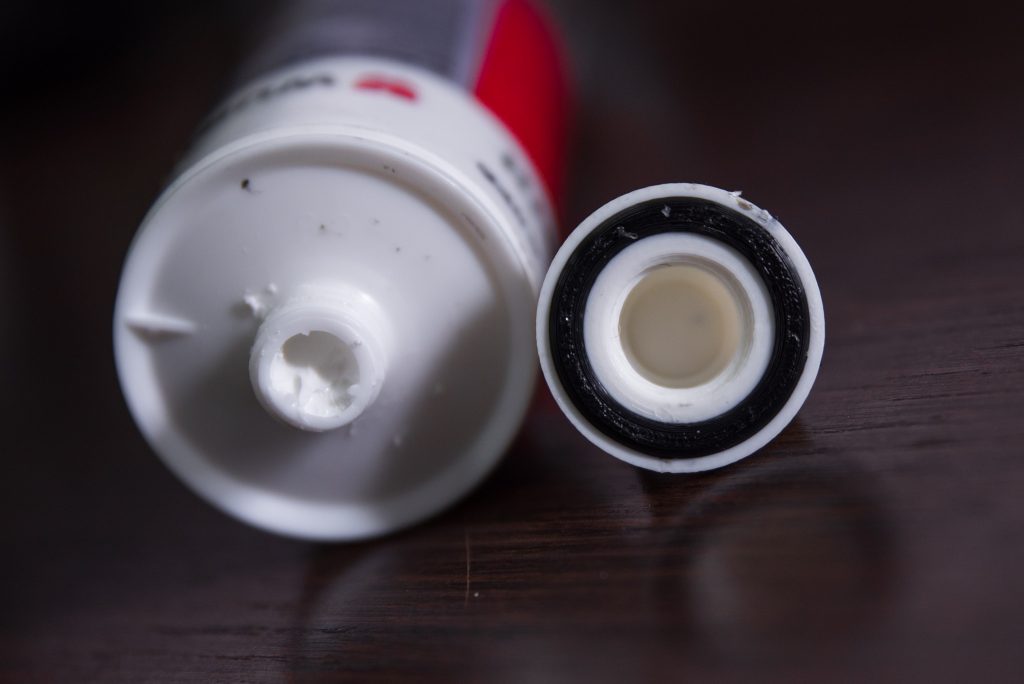
- Rubber replacement: although 3D printing of rubber materials is not possible on FDM machines, TPEs can be used as an alternative to produce rubber-like parts and prototypes.
- Fun : Last but not least, printing in TPE materials is ideal for producing useful and less useful flexible parts including: phone cases, wallets, stress relievers and flexible toys.
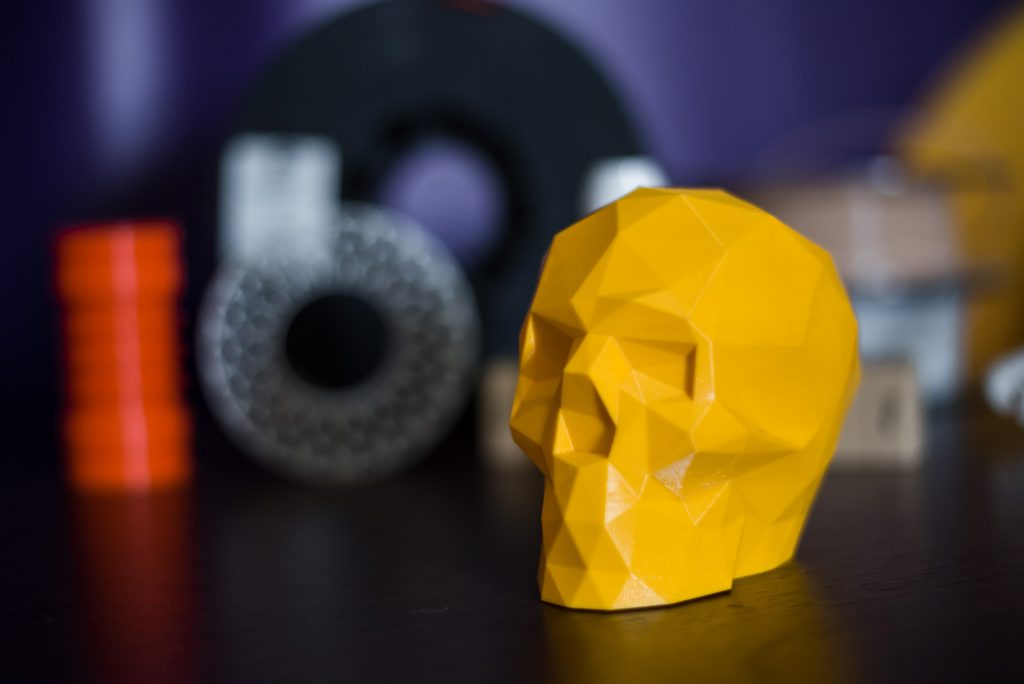
Flexible materials for 3D printing
We're pretty sure you can't wait to start (or continue) printing with TPE materials, however before you do it's a good idea to slow down and consider the caveats when printing this material.
A filament that likes to bend
TPUs and especially softer TPEs are very flexible and easy to bend. As a result, these materials tend to be difficult to push through the extrusion system because the filament warps very easily. In fact, a direct-drive extruder is often recommended for most TPEs, with the exception of stiffer materials that can also be printed with a bowden configuration. Softer materials may also require a specialized extruder for reliable printing of flexible and soft materials.
Because of its inherent softness and elasticity, TPE filament often tends to jam and twist within the extrusion system, especially when there is a generous tolerance. Specialized extruders often have very tight tolerances and double transmission to better push the filament toward the nozzle.
Print it slowly
However, to avoid jams and ensure smooth extrusion, it is recommended to print soft TPEs at lower speeds of 20-40 mm/ se to keep the feed rate as constant as possible. Consequently, it is often recommended to minimize the number of retractions as much as possible and keep the retraction speed and distance as low as possible. inexperienced users are often advised to disable retraction when printing with flexible filaments.
Finally, it is also a good idea to check and eliminate any resistance on the filament spool as the filament can stretch and potentially lead to under-extrusion.
Ooze and stringing
Another drawback of printing TPE is that the resulting prints tend to have pronounced stringing due to the fact that the material is more prone to ooze out of the nozzle. This is also a result of the elasticity of the filament, which often means that the material in the hot end may take longer to respond to changes in pressure.
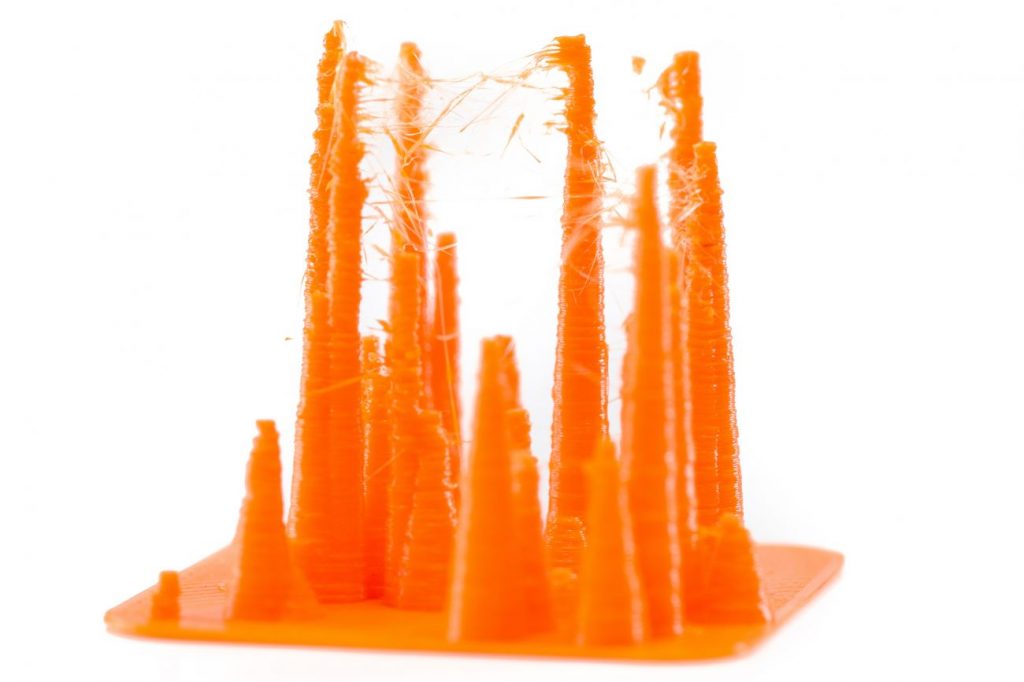
Careful application of shrinkage combined with an efficient extrusion system can help eliminate slime and stringing. Other settings such as going by inertia and avoiding external displacement will also help reduce these artifacts. However, a small amount of stringing can be easily removed by careful application of hot air from a heat gun.
Adhesion and removal of parts
Regarding adhesion, TPEs generally tend to exhibit two types of behavior. TPUs typically adhere too well to most printing surfaces, which means that although adhesion is not a problem during printing, removing a print can be quite difficult. As a result, there is a good chance that the soft, flexible part can be damaged during print removal. On the other hand, other TPEs and TPCs do not stick too well to most surfaces of the build plate, which means that deformation will be a significant problem.

Magigoo Flex is designed with both of these problems in mind. As a first-layer adhesive, it provides a strong adhesive base for high-performance TPEs such as DSM Arnitel, DuPont Hytrel, and other TPCs and TPEs. On the other hand, it ensures that TPUs and other flexible materials * that tend to adhere well can be easily removed from the building surface by simply applying water as shown below.
* Note Magigoo Flex is not recommended for use with other FDM materials such as PLA, ABS and PET-G on glass surfaces.
Credits @magigoo.com










